Hi, I’m Ahmed.
I am a fifth year Electrical Engineering Student at the University of Alberta with a focus on RF and Digital IC design. I have a strong passion for electronics, and have built my own electronics lab at home for my personal projects. Currently I'm working with a startup, Pocket Clinic, to implement low-power oscillators for a wearable bio-medical sensing device. For my capstone project, I'm developing a battery-less ultra-low-power RF transmitter for home and industrial automation.
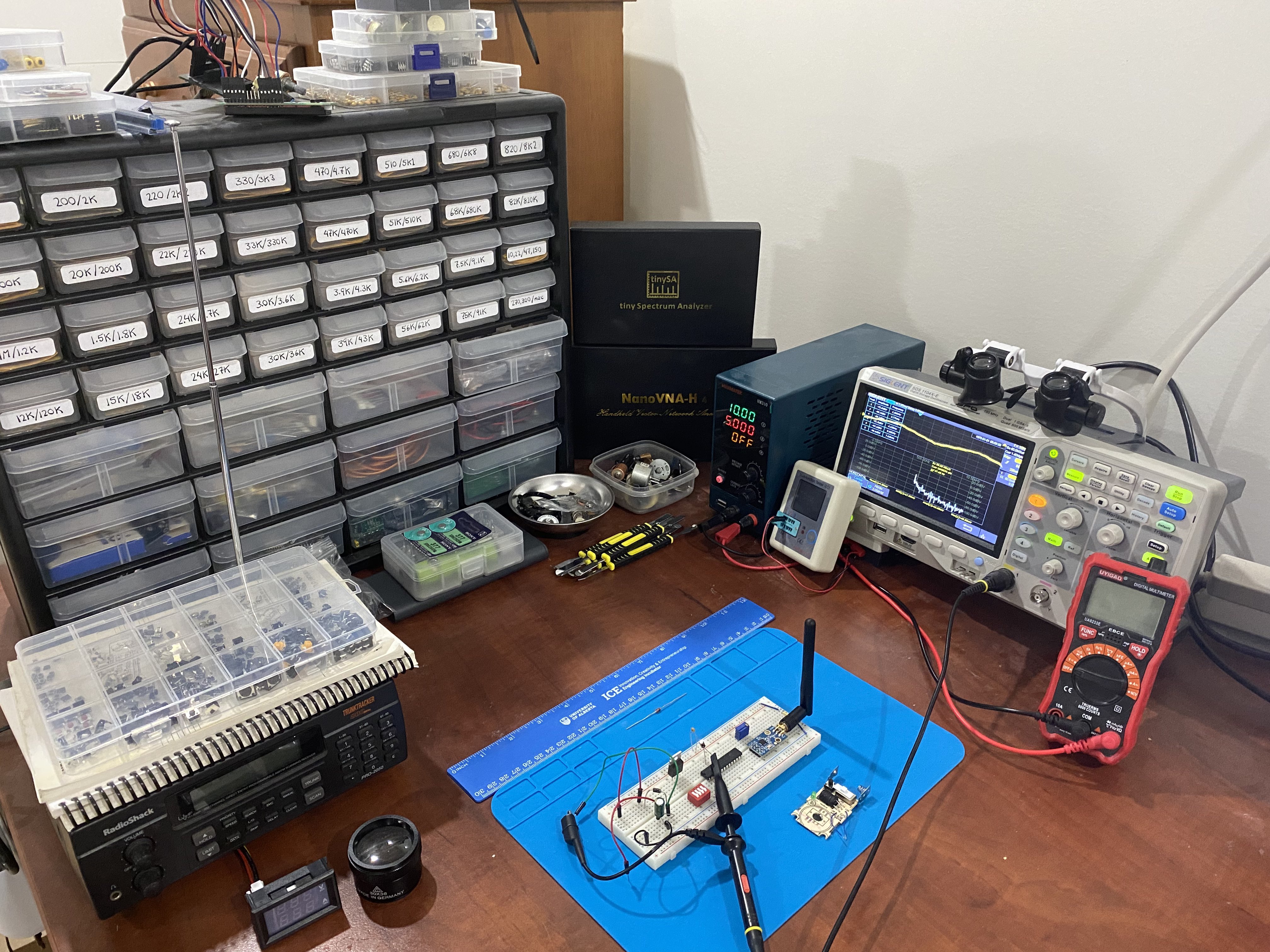
[Experience]
-
 Pocket Clinic:Analog Design InternJan 2024 - April 2024
Pocket Clinic:Analog Design InternJan 2024 - April 2024 -
 Sound Antidote:RF PCB Design InternSeptember 2023 - December 2023
Sound Antidote:RF PCB Design InternSeptember 2023 - December 2023 -
 Pocket Clinic:Antenna Design InternApril 2023 - Aug 2023
Pocket Clinic:Antenna Design InternApril 2023 - Aug 2023 -
 AlbertaSat:Satellite Communications Design Team MemberFebruary 2023 - February 2024
AlbertaSat:Satellite Communications Design Team MemberFebruary 2023 - February 2024 -
 The Rec Room:Electronics TechnicianJuly 2021 - January 2022
The Rec Room:Electronics TechnicianJuly 2021 - January 2022
